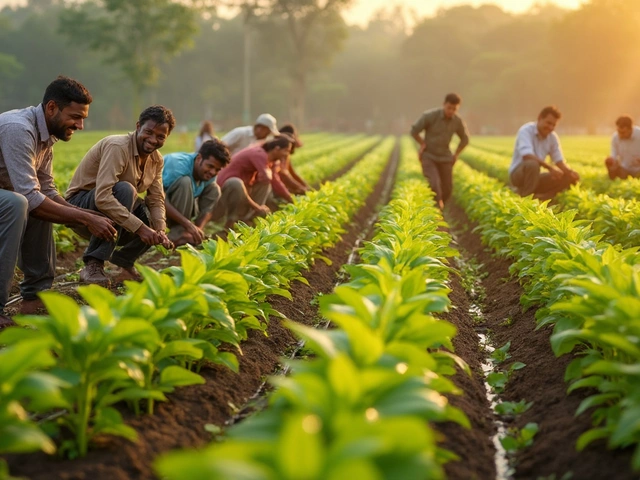Best Liquid Solutions for Your Garden – Simple Picks for Healthy Plants
Looking for a quick way to give your garden a boost? Liquid products are the easiest shortcut. They soak right in, work fast, and need less effort than solid stuff. Below you’ll find the most useful liquids for Indian gardens, plus how to use them without guessing.
Liquid Fertilizers – Feed Fast, Grow Fast
Liquid fertilizers dissolve in water, so the nutrients reach the roots instantly. For rice paddies, a mix of urea and potassium sulfate works well; just dilute to the label’s strength and spray during the vegetative stage. If you grow vegetables like broccoli, a 20-20-20 NPK solution applied every two weeks gives strong leaves and tight heads. Houseplants love a weak tea‑strength mix – think one teaspoon of fertilizer per gallon of water – because they’re sensitive to over‑feeding.
Liquid Pest Control & Soil Boosters
Gone are the days of shaking cans of chemicals. Neem oil, a natural liquid pesticide, is safe for most Indian crops. Spray early morning or late evening, and you’ll see fewer aphids and whiteflies on tomato and brinjal leaves. For soil that’s heavy and compact, a liquid sea‑weed extract loosens texture while adding micronutrients. Just pour it into the drip irrigation line and let it travel where the roots need it most.
When you use drip irrigation, the water itself becomes a carrier for liquids. If you’re wondering how deep to bury the drip lines, aim for 6‑8 inches in light soil and 10‑12 inches in heavier ground. This depth protects the tubing from sun damage and keeps the liquid nutrients where the roots can catch them.
Balcony gardeners often ask about vertical garden liquids. A simple mix of rainwater, a drop of liquid fertilizer, and a splash of fish emulsion feeds the hanging pots without over‑watering. Keep the solution light – too strong and the plants will burn.
One common myth is that you need to let tap water sit before using it on plants. In most Indian cities the chlorine level is low enough that you can use it straight away. If the water smells strong, a 30‑minute rest will let the chlorine evaporate, but it isn’t mandatory for most liquid feeds.
Remember, more isn’t always better. Over‑applying liquid fertilizer can cause leaf burn and nutrient runoff. Stick to the recommended dilution, and watch your plants’ reaction. If the leaves turn yellow, you probably need a bit more nitrogen; if they look glossy but stunted, cut back the feed.
Finally, store all liquids in a cool, dark place. Heat breaks down nutrients, and sunlight can degrade neem oil. A sealed container on a shelf will keep your garden supplies fresh for months.
With the right liquids and a little attention, you’ll see healthier growth, fewer pests, and better yields – all without spending hours mixing powders or digging soil. Try one of the mixes above today and feel the difference in your garden tomorrow.
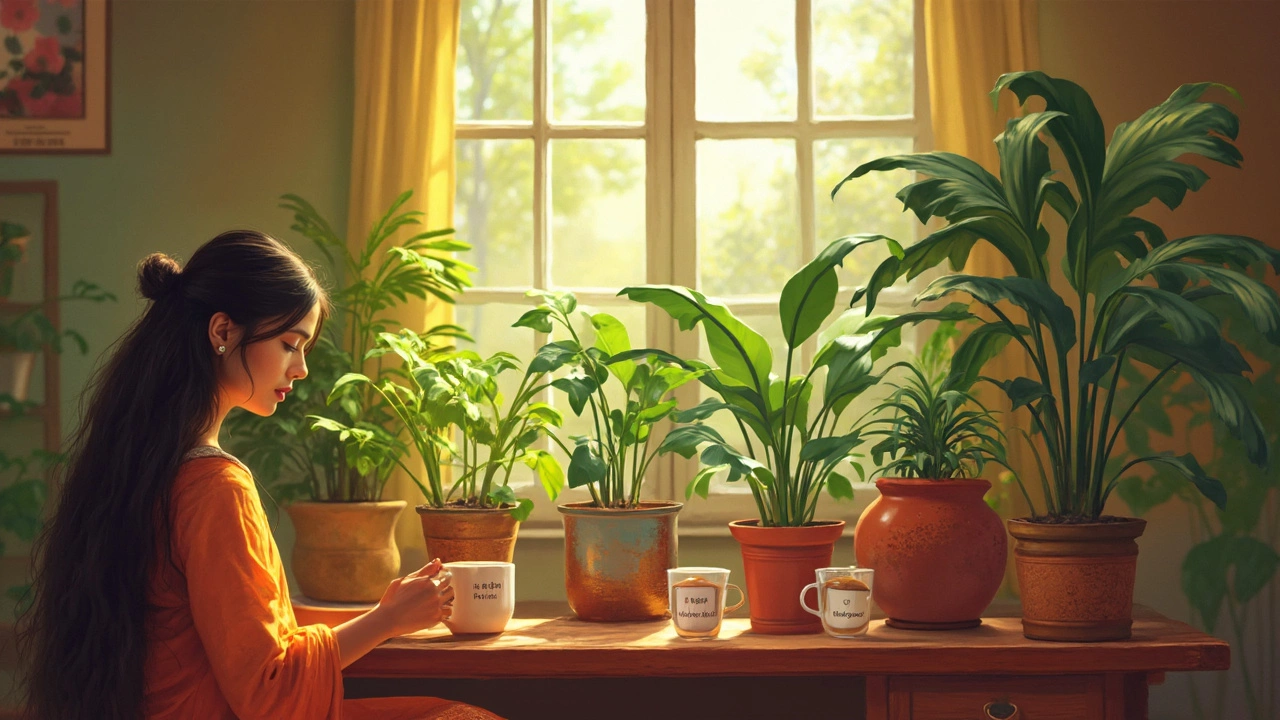
Best Liquid to Water Plants: What Actually Works?
Trying to figure out if plain tap water is enough for your indoor plants? This article breaks down the reality behind popular liquids like rainwater, filtered water, and even funky options like leftover tea. You’ll get clear advice on what helps plants thrive and what could hurt them. Expect straightforward pros, cons, and honest tips, whether you’re a newbie or someone who treats their monstera like royalty. Skip the myths and get right to the liquid truth.
About
Indoor Plant Care
Latest Posts
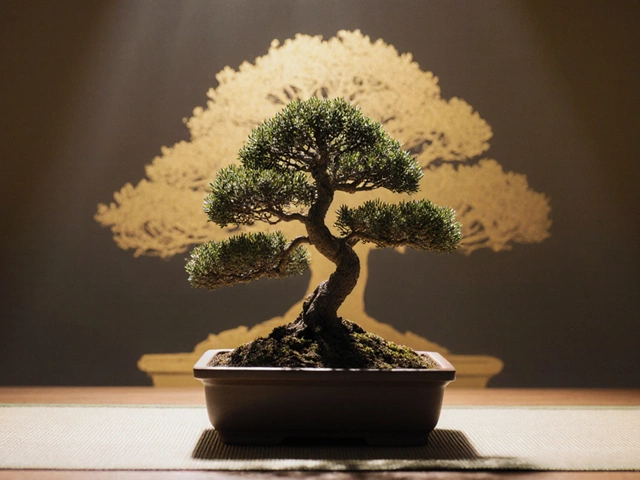
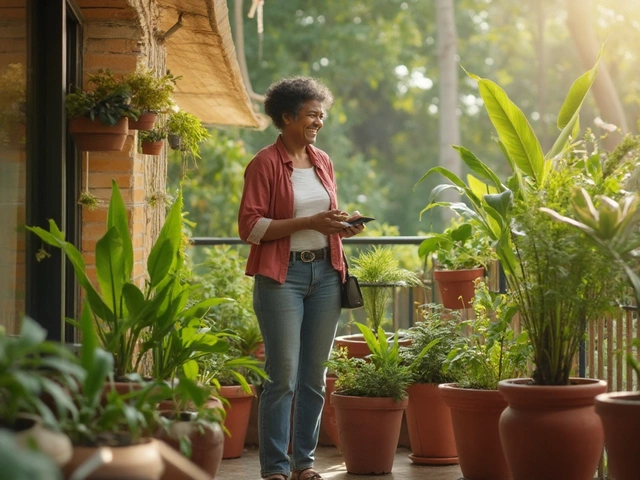
Best Low Maintenance Outdoor Potted Plants for Effortless Garden Beauty
By Alden Thorne Jun 28, 2025

Best Topography for Growing Rice: Key Insights
By Alden Thorne Feb 21, 2025
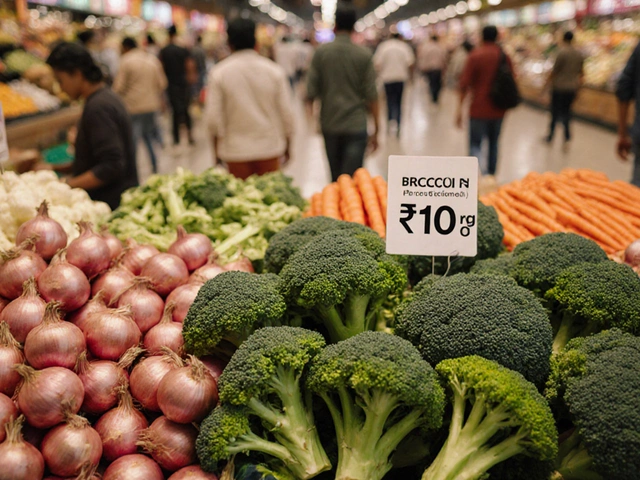
Why is broccoli so expensive in India? Causes and How to Lower the Cost
By Alden Thorne Oct 22, 2025
